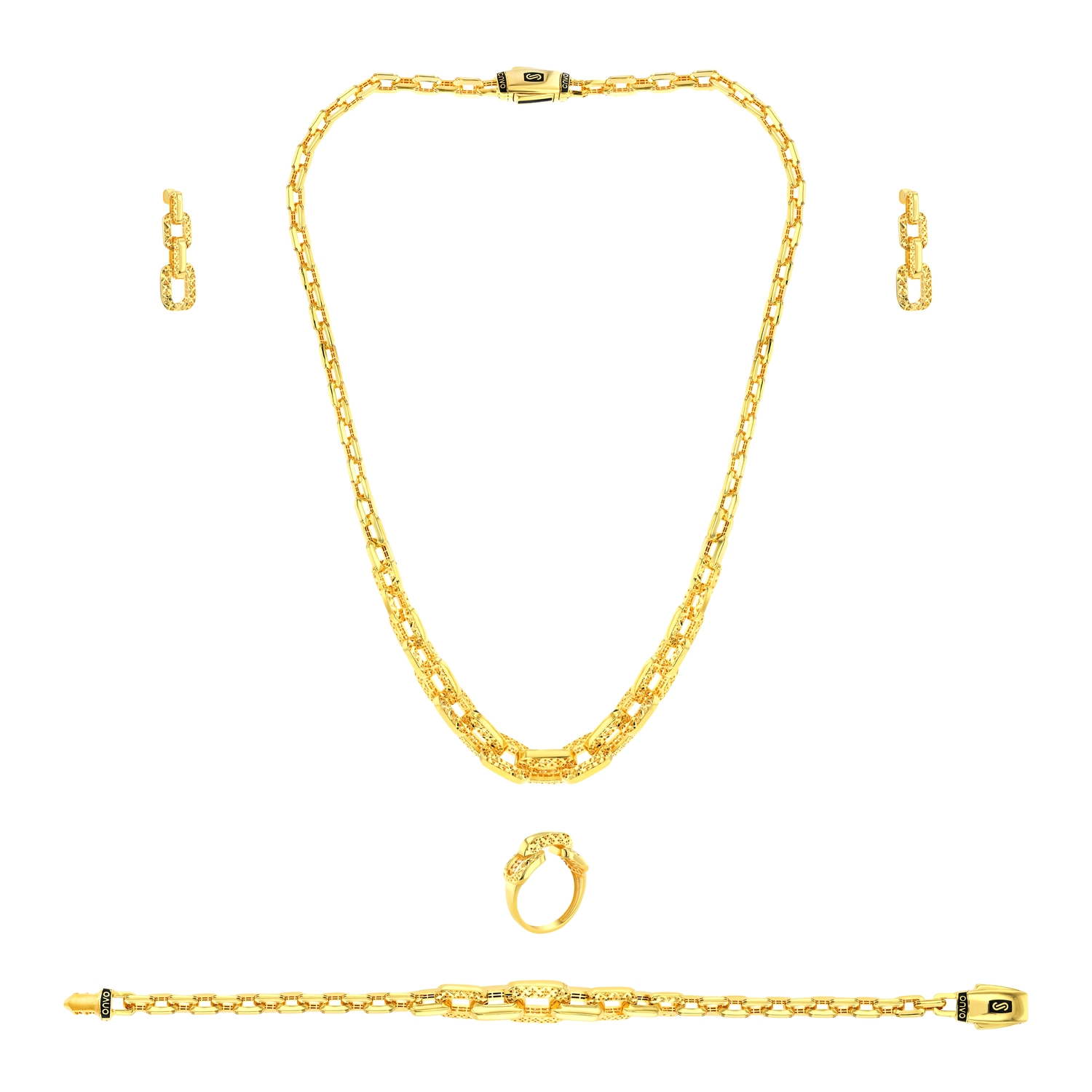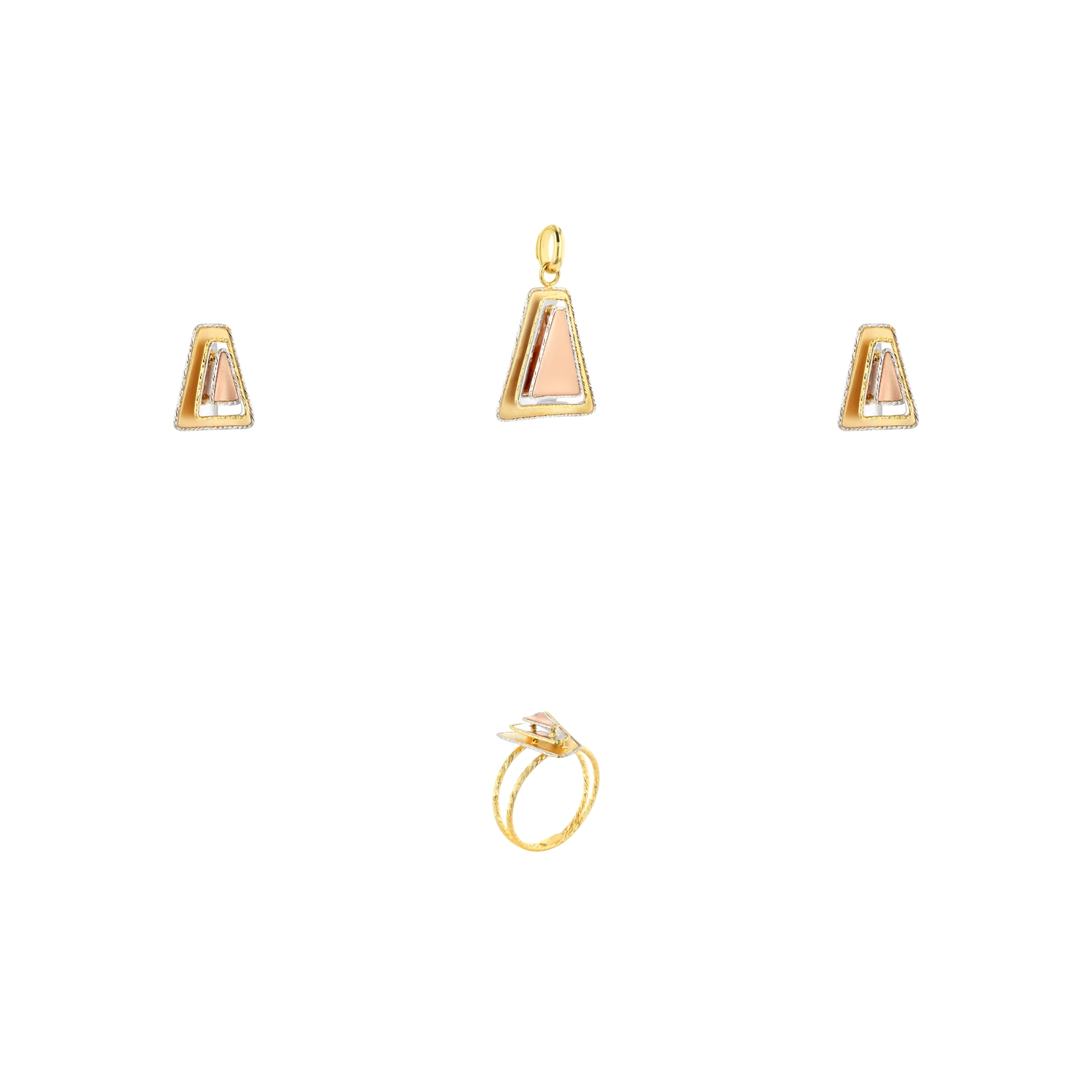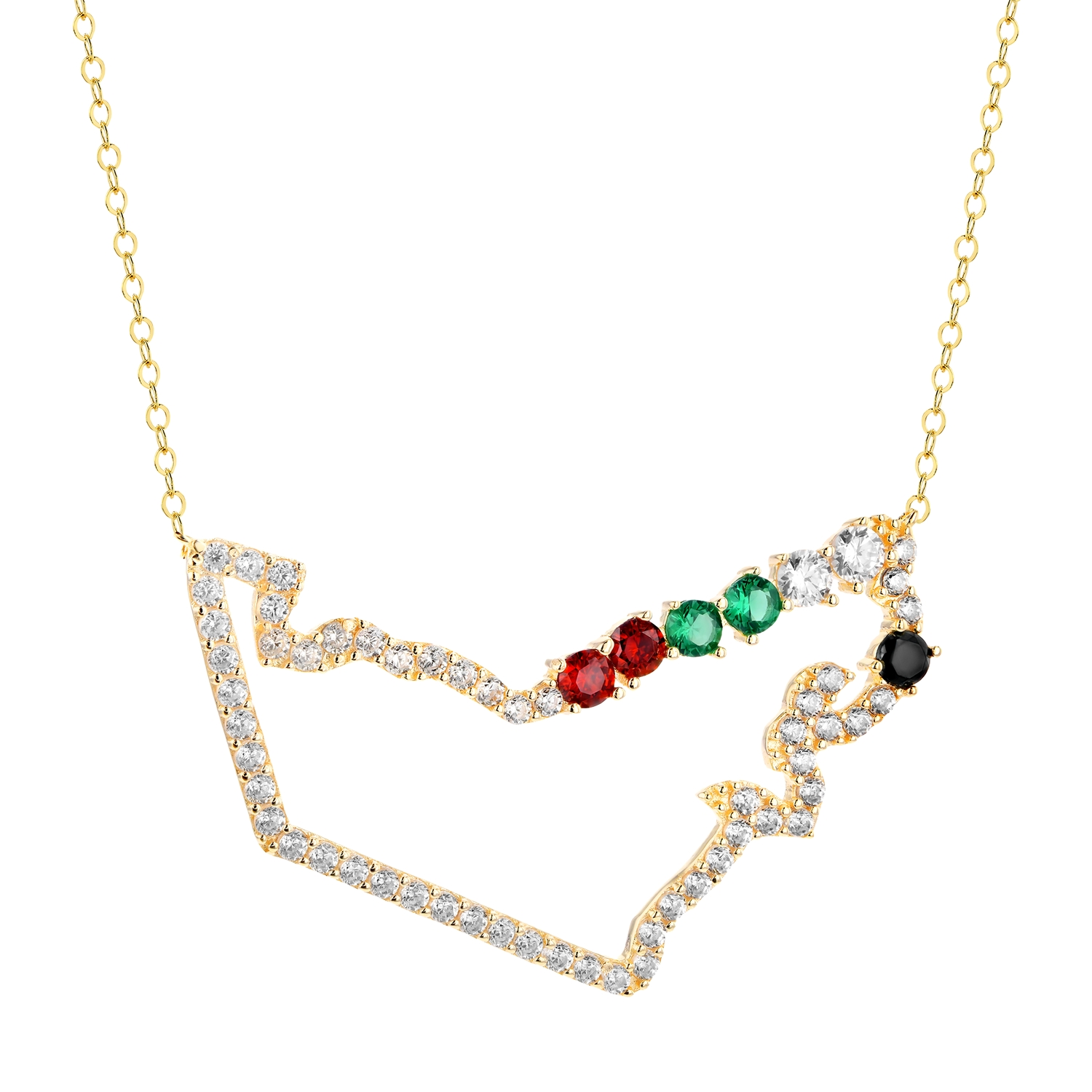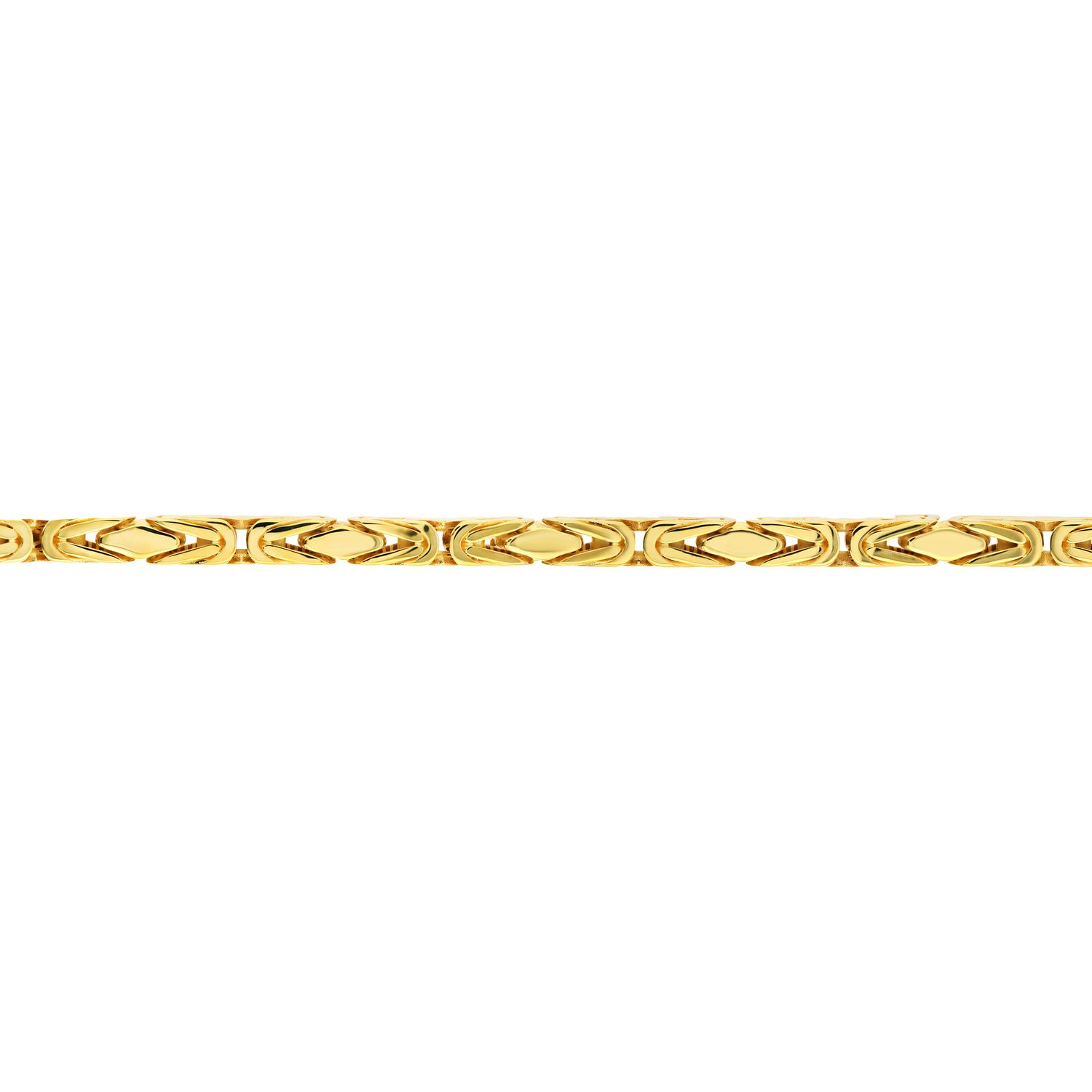The Forgotten Art of Gold Coin Jewelry: A Nostalgic Eid Trend Making a Comeback

In the bustling gold souks of the Middle East, amidst the glittering displays of modern jewelry designs, there's a distinctive revival happening. Gold coin jewelry—once a staple in celebration of Eid and other significant occasions—is making a remarkable comeback, blending traditional cultural significance with contemporary fashion sensibilities.
The Rich History of Gold Coin Jewelry
Gold coins have adorned the bodies of men and women across various cultures for centuries. From the Byzantine solidus to the Ottoman altın, gold coins weren't just currency; they were wearable wealth, status symbols, and protective talismans. In many Muslim-majority countries, these coins took on special significance during Eid celebrations, often given as gifts called "Eidi" to children and loved ones.
The tradition dates back centuries when actual circulating gold coins would be strung together to create necklaces, bracelets, and headpieces. These weren't merely decorative—they represented portable wealth, especially important in regions experiencing political instability. A woman's coin jewelry often served as her financial security, a practice that continued well into the 20th century.
"My grandmother would tell stories of how her coin necklace helped the family escape during difficult times," shares Fatima Al-Hariri, a jewelry historian from Lebanon. "The coins could be detached and used as currency anywhere, making them both beautiful and practical."
The Decline of an Art Form
By the 1970s and 1980s, the tradition began to wane. Modern jewelry designs emphasizing diamonds and contemporary gold settings became more fashionable. The practical aspect of coin jewelry became less relevant in an increasingly digital economy. Many family heirlooms were melted down to create more "contemporary" pieces, and the craft of setting coins in elaborate frames began to disappear.
The Renaissance of Coin Jewelry
The past five years have witnessed a surprising revival of interest in gold coin jewelry, particularly around Eid celebrations. Several factors have contributed to this renaissance:
1. Cultural Reclamation
Young Muslims in diaspora communities are increasingly seeking tangible connections to their heritage. Coin jewelry, with its rich history and cultural significance, offers exactly that—a wearable link to tradition.
"There's something deeply meaningful about wearing the same style of jewelry that my great-grandmother wore for Eid," explains Noor Abudhabi, a 28-year-old marketing executive in London. "It makes me feel connected to a lineage of celebrations and traditions."
2. Investment Value
In uncertain economic times, gold's intrinsic value has renewed appeal. Modern coin jewelry often features actual gold bullion coins like the American Gold Eagle or South African Krugerrand, combining aesthetic appeal with investment potential.
"These pieces are beautiful, but they're also smart investments," notes financial advisor Samira Khoury. "Unlike fashion jewelry that depreciates immediately, gold coin pieces tend to retain or increase their value over time."
3. Sustainability and Authenticity
The movement away from fast fashion toward more sustainable, meaningful consumption has benefited traditional crafts like coin jewelry making. Consumers increasingly seek pieces with history, craftsmanship, and authentic cultural significance.
Contemporary Interpretations
Today's gold coin jewelry isn't merely a reproduction of antique designs. Contemporary jewelers are reimagining these traditional pieces for modern tastes:
- Minimalist Settings: Single coins on delicate chains have replaced the more elaborate multi-coin displays of the past, appealing to minimalist aesthetics.
- Mixed Metals: Traditional yellow gold settings are now complemented with white gold or even platinum, creating contemporary contrast.
- Fusion Designs: Some designers incorporate coins into modern geometric settings or pair them with gemstones for a fresh interpretation.
Renowned jewelry designer Zainab Imran explains her approach: "I respect the tradition but reinterpret it for today's woman. My coin pieces honor the past while looking firmly toward the future."
The Eid Connection
The revival is particularly pronounced during Eid celebrations, when the tradition of giving gold has deep roots. Many families are returning to the practice of gifting coin jewelry as Eidi, especially for significant milestones like a child's first Eid or a wedding celebration.
"There's something special about receiving your first gold coin bracelet for Eid," says Layla Mahmoud, who recently revived the tradition for her daughter's tenth birthday. "It's not just a beautiful gift—it's the beginning of her own collection, something she'll add to throughout her life and eventually pass down."
Jewelers report a significant increase in orders for coin pieces in the weeks leading up to Eid al-Fitr and Eid al-Adha. Many now offer special Eid collections featuring coin designs specifically marketed as traditional yet fashionable Eid gifts.
Preserving the Craft
The revival has breathed new life into the specialized craft of coin setting. Traditional techniques require years of apprenticeship to master, including the creation of intricate bezels that securely hold the coins while displaying both sides through clever flipping mechanisms.
Workshops across cities like Istanbul, Cairo, and Dubai are now specifically training new generations of artisans in these techniques. Some jewelers have established programs to document and preserve these methods, recognizing their cultural significance beyond their commercial value.
Looking Forward
As Eid celebrations approach, gold souks and jewelry stores are preparing for increased demand for these nostalgic pieces. The trend shows no signs of slowing, with social media influencers increasingly showcasing both antique family heirlooms and newly commissioned coin jewelry in their Eid celebration posts.
What began as a niche revival has bloomed into a significant trend that bridges generations and connects diaspora communities to their cultural roots. For many families, the gold coin necklace or bracelet is once again becoming an essential part of Eid celebrations—a tangible symbol of tradition, continuity, and heritage in a rapidly changing world.
In the revival of gold coin jewelry, we witness more than just a fashion trend—we see the reclamation of cultural heritage, the preservation of traditional crafts, and the continuation of meaningful gift-giving practices that connect past, present, and future generations in celebration.








